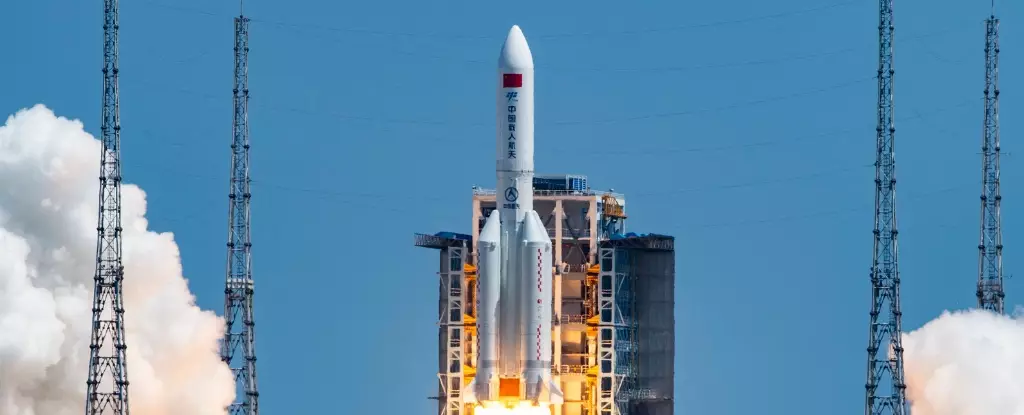A Chinese state-backed company has recently made headlines by launching its first 18 satellites as part of an ambitious plan to build a vast orbital network aimed at rivaling SpaceX’s Starlink. Shanghai Spacecom Satellite Technology, backed by the Shanghai municipal government, lifted off 18 satellites from the Taiyuan satellite and missile launch center in Shanxi province. This marks the first step in the company’s effort to create a 15,000-strong network of Low Earth Orbit satellites, known as the “Thousand Sails Constellation.”
Domestic media has widely referred to this project as the Chinese version of Starlink, which currently operates around 6,000 satellites. Tesla CEO Elon Musk, the man behind Starlink, has even bigger plans, aiming to eventually host a network of 42,000 satellites. The Thousand Sails Constellation, also known as the G60 project, is just one of three major satellite networks planned in China, each expected to have at least 10,000 satellites. These satellites are anticipated to orbit between 200 and 1,200 miles above the Earth’s surface, similar to the altitude of Starlink satellites.
The Chinese government has been actively supporting and encouraging the growth of its space industry, with a recent push to involve the private sector in achieving national science and technology goals. The goal is to develop vital technologies and infrastructure domestically, reducing dependence on foreign sources and ensuring self-reliance, especially in the face of geopolitical tensions. Shanghai Spacecom Satellite Technology has received backing from the Shanghai municipal government, as well as funding from private investors and state-owned enterprises for its ambitious satellite constellation project.
In addition to the Thousand Sails Constellation, two other major satellite networks are in the works in China. China SpaceSat, a contractor owned by a state-run enterprise, is aiming to launch 13,000 satellites as part of its Guowang (National Network) constellation. Another commercial manufacturer, Landray Hongqing, is working on the Crane-3 constellation, which is expected to consist of 10,000 satellites. These projects, along with other ambitious space initiatives from Chinese companies, highlight the rapid growth and investment in the country’s space industry.
The China Securities Journal has estimated that the country’s space industry will be valued at $321 billion by 2024, reflecting the massive economic potential of these satellite projects. Commercial aerospace stocks saw a surge in value following the launch of the first 18 satellites from Shanghai Spacecom Satellite Technology. The Shenzhen stock exchange implemented measures to prevent stock prices from rising or falling by more than 10% in response to the increased investor interest in the burgeoning space sector.
China’s ambitious plans to develop satellite constellations and establish a strong presence in space technology reflect the country’s growing capabilities and aspirations on the global stage. With significant government support, private investment, and a clear strategic vision, Chinese companies are set to play a major role in shaping the future of satellite communications and space exploration.


Leave a Reply